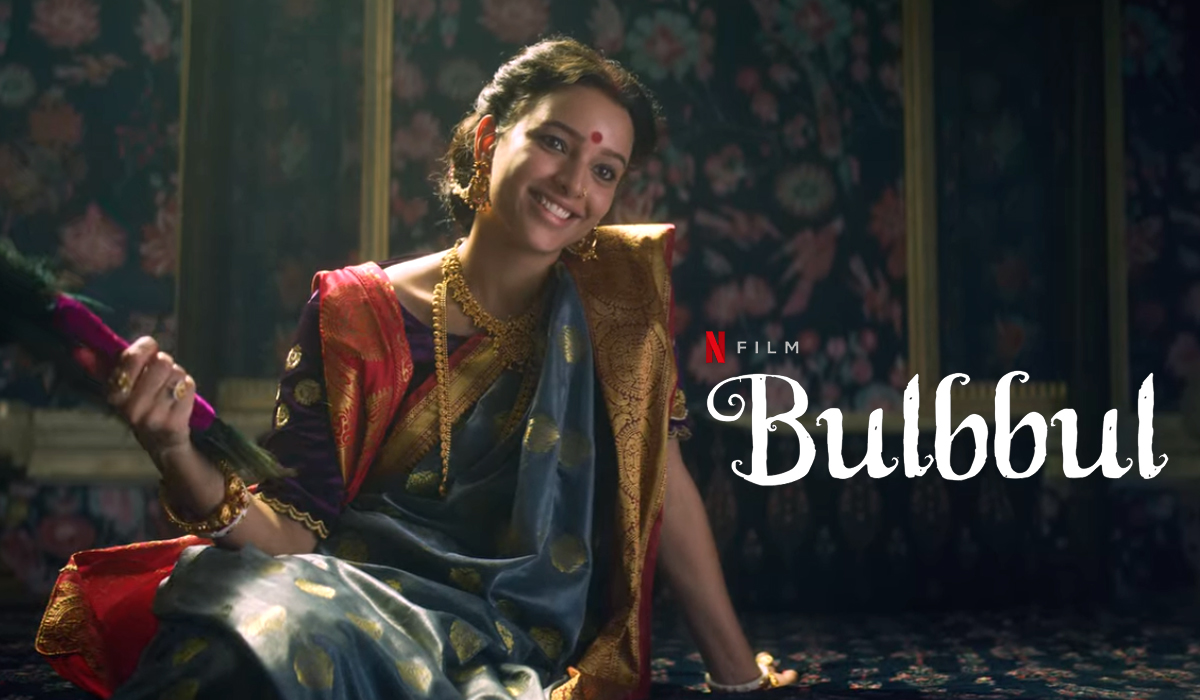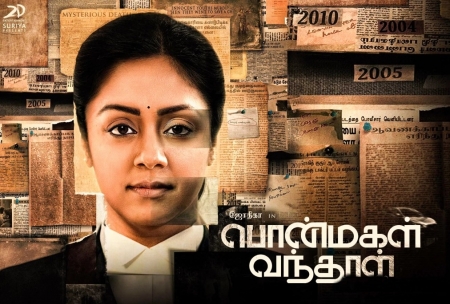Director: Mani Ratnam
Cast: Karthi, Aishwarya Rai, Chiyaan Vikram, Trisha Krishnan, Jayam Ravi, Prakash Raj, Jayaram, Parthiban, Sarathkumar, Aishwarya Lekshmi, Sobhitha D, Prabhu, Vikram Prabhu, Rahman, Jayachithra, Nizhalgal Ravi, Ashwin Kakamunu, Lal, and many more.
Music: A.R. Rahman
War, fantasy, history have become the mainstream big-camp content that’s drawing attention to moviegoers, as we march into the 3rd decade of the 21st century. Mani Ratnam’s magnum-opus Ponniyin Selvan I is a razor-sharp adaptation of writer Kalki’s historical fiction novel of the same name. The film boasts of a magnanimous team of technicians and cast who have given their career-best work- the brilliant spectacle on screen tells it all.
The novel, Ponnyin Selvan is a 5-volume phenomenal fictionalized tale of war, treason and political drama set in the 9th century when the Cholas ruled South India. Compressing it into a 2 part film, Mani Ratnam takes a measured approach by carefully balancing the high points using realism with a synchronistic structure. Contemporary dialogues and visuals are almost combating each other, symbiotic in treatment. The film runs on the fastest mode you can find on a treadmill, putting you in a spot to keep up with every single frame. It might appear to be a slow burn, until you miss a scene shift. There are multiple conflicts happening in various geographical and social stratas in the film, which makes it difficult to root for a singular emotion or character. We often forget it’s only the first half of an entire story, and by the end, the film sets you up enough to know, there’s a bigger conflict brewing amongst these characters.
Mani Ratnam sticks to his signature style of minimalism and realism, both visually and audially, keeping the forts and palaces immersive and war sequences bloody and unglamorous. The cinematography by Ravi Varman, initiates you as an audience to be a participant to the story, and not just a mere viewer of a film. For example, the Chola Royal residences feel inhabited- in the sense, it’s believable that someone actually lived in a palace just like this a thousand years ago. The fort that Aditha Karikalan, the crown prince played by Chiyaan Vikram feels dilapidated and dirty, and Nandini’s (Aishwarya Rai is the moon Queen herself) chambers have slightly unpolished lamps, and Ponniyin Selvan wears muddied, stained clothes. Production Design by Thota Tharana and costumes by Eka Lakhani are top-notch and spot-on. The armour, jewellery and makeup never outdo each other, and compliment the style of each character, unlike stereotypical period films. The sort of realism you don’t get to witness in many historical period films or series for that matter, was anew and intriguing. While war sequences are highlights, Mani Ratnam turns conversations between two unspoken rivals, a “mass” scene and takes the high road of subtleties for many others. War sequences capture the messy and bloody essence of conquests, and do not romanticize them. Confrontations and treachery never looked more beautiful and glamourous on screen. Especially when Nandini and Kundavai, the Chola princess played by the ethereal Trisha, is a culmination of witty and aesthetic filmmaking aided by AR Rahman’s mastery.

(Spoilers ahead)
The film begins with the family dynamics established by Kamal Haasan’s mighty voice, as we see two friends, Karikalan and Vandhiyadhevan (Karthi) in one of the conquest battles, north of the kingdom. Entrusted with a mission, the witty warrior ‘Vallavarayan’ Vandhiyadhevan follows his prince’s orders and embarks on an spy adventure, along the banks of the river Ponni. Vandhiyadhevan is our narrator, our eyes and ears to everything that’s happening around in the Chola empire and plotted against the Chola throne by various forces within and outside the kingdom. Vandhiyadhevan is like water, finding his route despite every roadblock, his real self hidden beneath a mask of an unbiased loyalist. Especially when he tries so hard not to fall for the alluring Pazhuvoor Queen, Nandini or his tongue-in-cheek responses to the Pazhuvettaraiyar Brothers. His wit shies away when he meets his best friend’s sister, Chola princess, Kundavai Devi. On his adventures, Vandhiyadhevan’s coincidental confrontations with Azhwarkadiyan Nambi (Superb Jayaram), adds the lighter, humorous touches. All the performances in the film are focused, measured and almost niche in their own spheres- Aditha Karikalan drinking in glorious tragedy, chasing Shakespearian conquests yet a captive of his heart and soul; Nandini’s determined, cut-throat obsession for power, a longing bottled up behind those sensuous and mystical eyes; Kundavai’s understanding of politics and gender, and wisely navigating minds of snobbish, Royal advisors to the King. The serene calmness on Arunmozhi Varman’s face when offered the throne, a subtle twitch in the eye and you know he’s the Ponniyin Selvan. To be honest, I was sceptical of Jayam Ravi’s casting and that one moment sealed my doubts, and locked them away in the sea. Only person I wished to see more of was Ponguzhali played by Aishwarya Lekshmi. Sobhita as Vanathi, was an odd casting choice and felt out of place in the Chola universe. Mani Ratnam always emphasises how much casting is a director’s major job, and he nails it in this phenomenal epic. Rooting the actors unabashedly in the story irrespective of their star value, is the epitome of confidence and trust, that contributes to a film’s success on a creative summit.
The duel between Vandhiyadhevan and ‘Ponniyin Selvan’ Arunmozhi Varman reminds me of the elegantly choreographed spear match in Kurosawa’s Hidden Fortress. A fantastically styled ode to the master, and AR Rahman’s score gave it a wholesome feel. AR Rahman truly reinvents his compositions and nails every bit, with the right balance. Personally, the Carnatic touches added a regal flavour and were my personal favourites especially when Nandini and Kundavai meet, Vandhiyadhevan and Kundavai’s measured flirting, intimate moments between Periya Pazhuvettaraiyar-Nandini to name some. Songs like Devaralan Aattam and Ponni Nadhi were trippy and groovy on a psychedelic level, and I wish the choreography empowered them further on screen. Ratchasa Maamaney and Chola Chola were sophisticated and layered with multiple storylines within them, and keeping the pace intact. Warriors swaying and not dancing in poised ways was fresh and so real, unlike other period films. The placement of Chola Chola, specifically the interludes was fascinating to watch. You can just cannot take your eyes off the characters and dwell into their inner demons.
On multiple viewings, Ponniyin Selvan I is, thematically and structurally, a film of balance and nuance. Striking the balance between realism and grandeur, historical and contemporary and visual minimalism and prose. Can an epic be realistic and individualistic, and yet transport you to a glorious world of a bygone magnificence? Yes, it can and I can’t wait to watch the latter half of this epic.




Frames from Ponniyin Selvan Part 2





Leave a comment